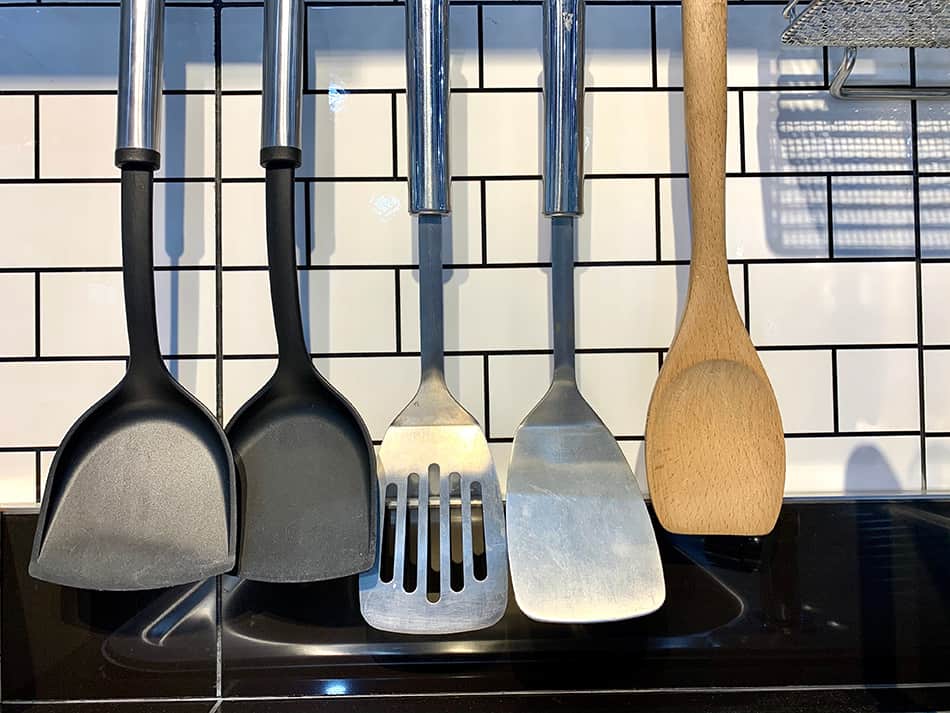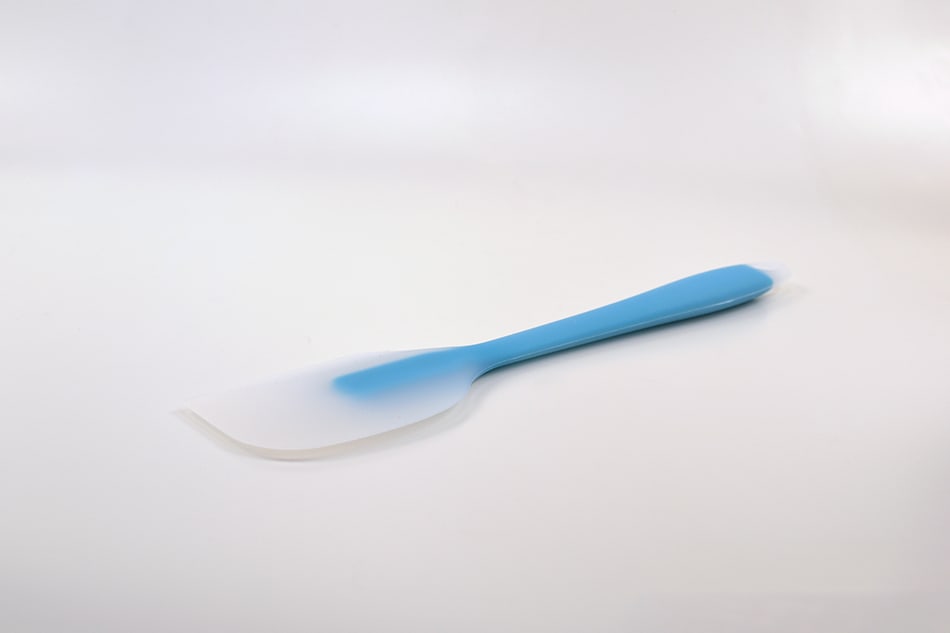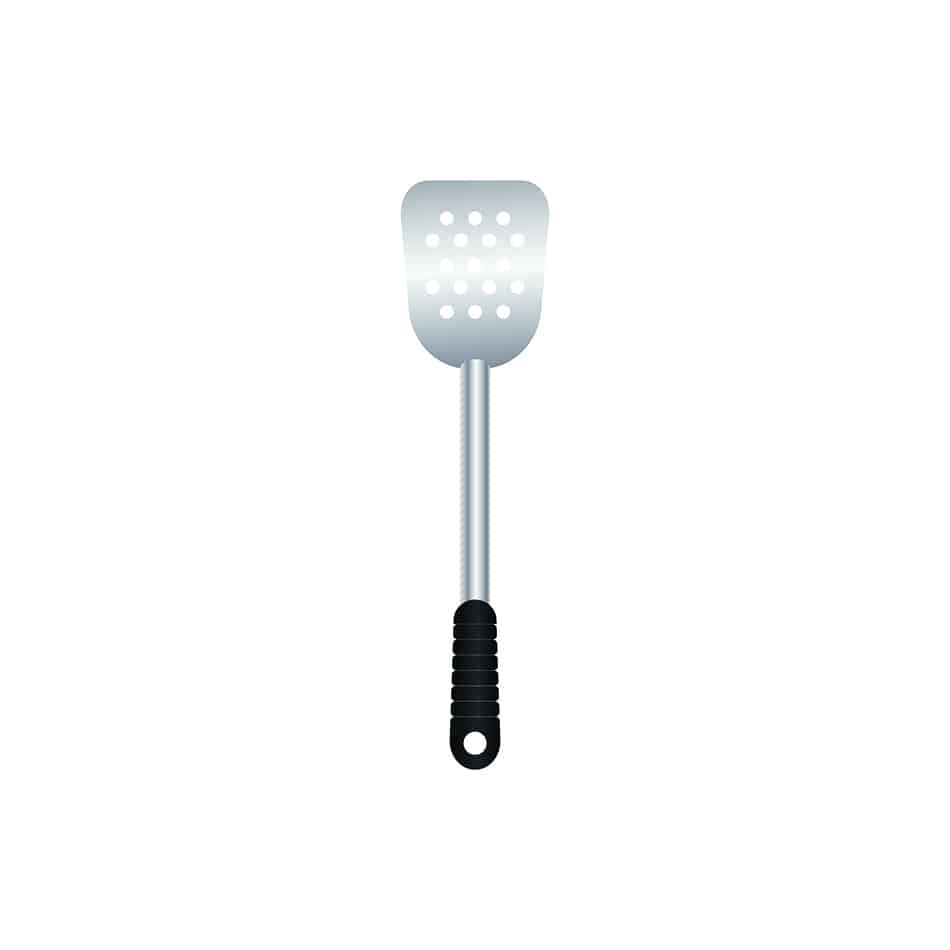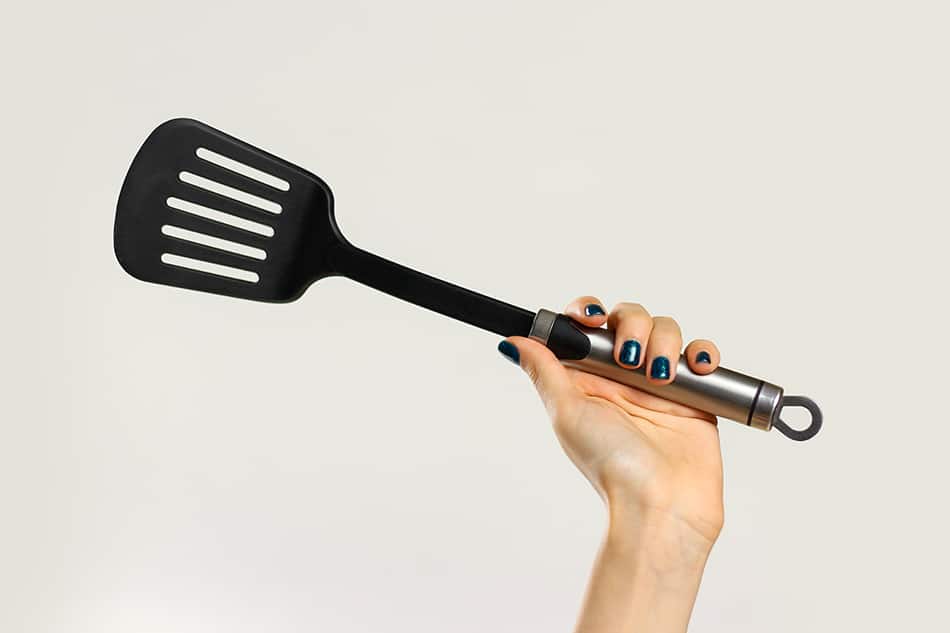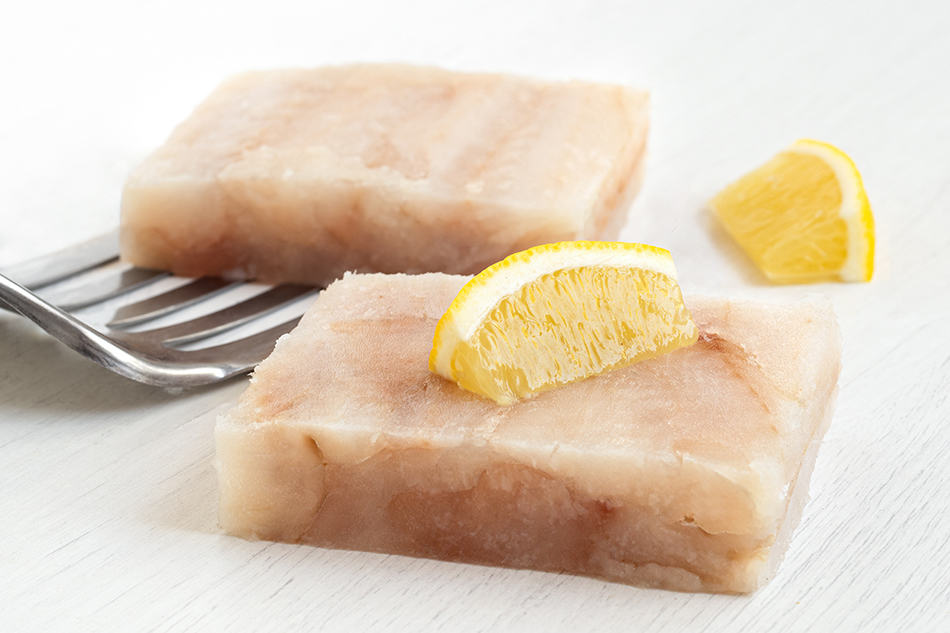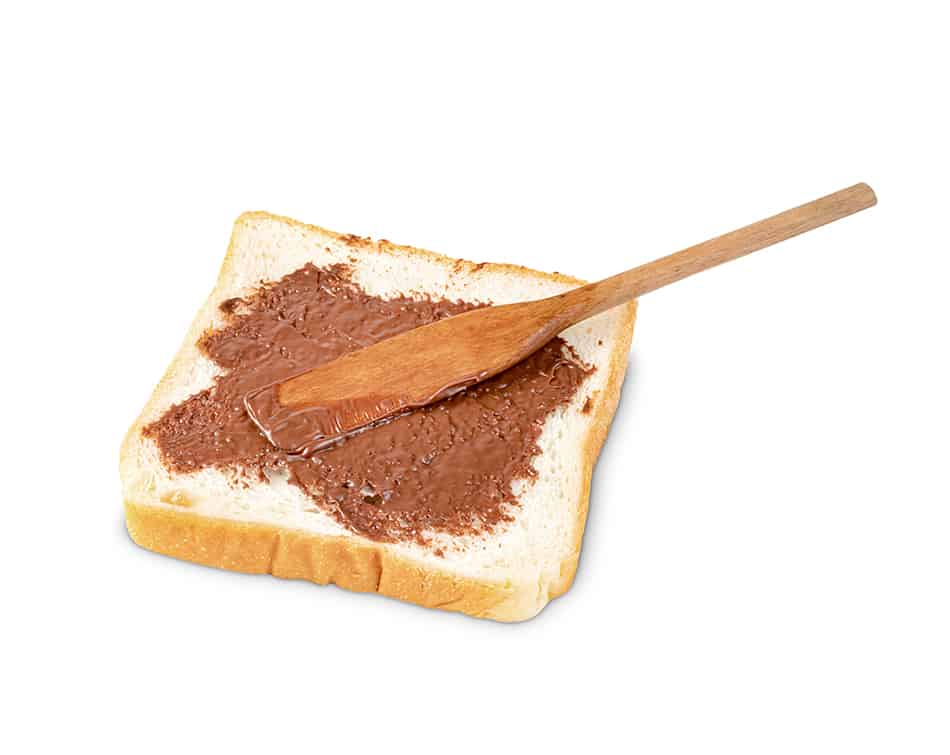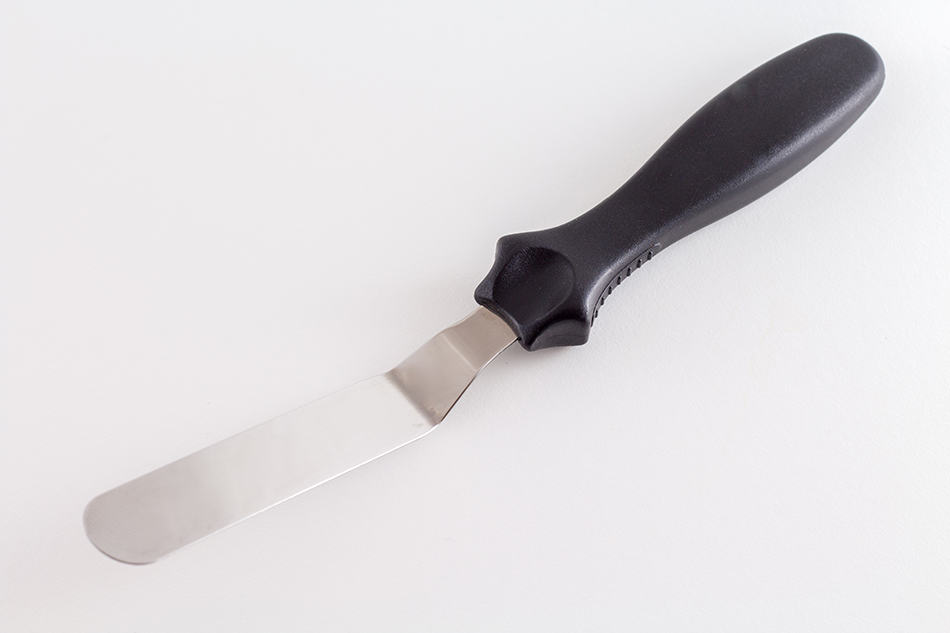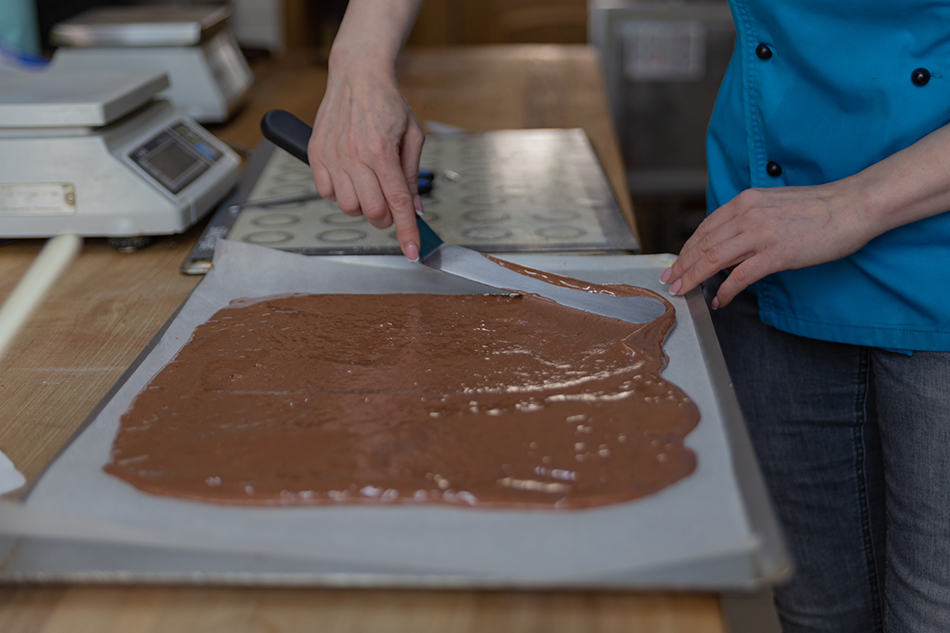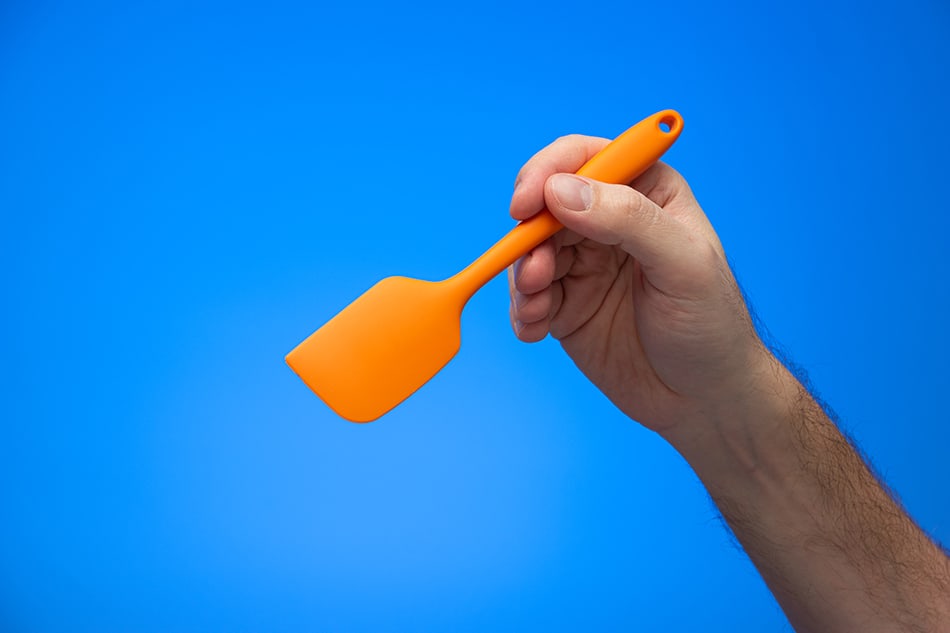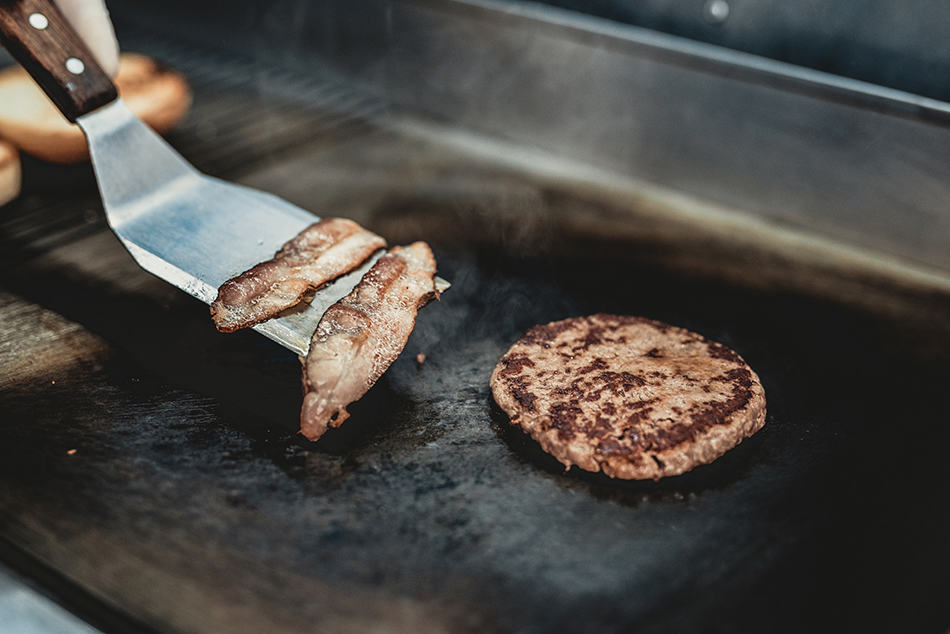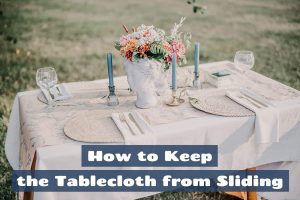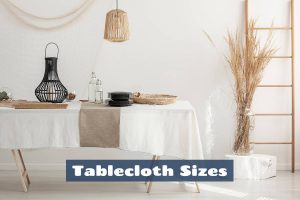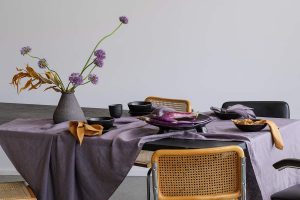Spatulas may have started as versatile cooking utensils, but just like everything else from bowls, forks to spoons in the modern kitchen, they have progressively diverged and specialized. We now have a handful of possible spatula models, all available in different materials.
These differences are far from esthetic. While it is possible to be flexible with your kitchen utensil sets, you shouldn’t wait until the fire is on to figure out how to best use each model.
Here are the many types of spatulas based on materials, shapes, and uses.
Types of Spatulas by Materials
Nowadays, spatulas are mostly made of 4 different materials.
Plastic
Plastic spatulas are usually cheap and easy to find. Pretty much any spatula model will have a plastic version for those who are trying to equip their kitchen on a limited budget.
Plastic spatulas are also easy to clean and will resist dishwashers, heavy scrubbing, and the occasional bang against the floor. However, they may leech noxious chemicals into your food – and if you ever accidentally leave a plastic spatula on top of a hot pan or iron skillet, you will need to vent out the kitchen to get rid of that burnt plastic smell. The spatula itself will probably be burnt and lose its shape.
Metal or Stainless Steel
A stainless steel or metal spatula is more durable and resilient. It can resist very high temperatures, so it is a very good material for flipper and grilling spatulas. Plus, these spatulas can be cast into a very thin shape, which can make it easier for you to handle crumbly items.
Metal spatulas will rarely lose their shape due to direct heat exposure. They often have a beveled edge and square shape with rounded corners to save from cutting hands by mistake. However, make sure to get a model with a thick wooden handle or to wear your kitchen mitts when handling it. Metal can go from warm to scorching in a matter of seconds. A metal or stainless steel spatula can also damage the non-stick coating on pans and woks.
Rubber
Rubber is a soft material that can usually moderate heat pretty well. In addition, it is also relatively cheap but without many of the risks of plastic.
These qualities make a rubber spatula a good choice for baking and spreading frosting or cream. On the other hand, you may want to keep your rubber spatulas away from curries or tomato-based dishes: this material stains very easily.
Silicone
Quality-wise, silicone spatulas are a notch above rubber ones. They are also a good alternative to metal spatulas for those who are working with non-stick pans.
Silicone is available in almost all spatula models, but they are particularly popular for baking or for making sweets. A silicone spatula has a slight tendency to hold onto stronger odors, so if you are dealing with anything that involved fried onions, you may transfer that scent onto your next dish.
Wood
Wood is relatively inexpensive and eco-friendly. For spatulas, it is the favorite material for those who want to preserve their non-stick woks. It is also comfortable to grip and won’t burn your hand.
A wooden spatula can last for decades if it is properly taken care of. This will include washing it immediately after being used and drying it thoroughly. As wood is an organic, porous material, it can provide a nice environment for bacteria.
Technically, this is something that you should be able to take care of by washing and scrubbing them thoroughly. As an extra precaution, it’s best not to use wooden spatulas for handling raw meat.
Types of Spatulas by Shape and Use
A spatula’s materials can provide a lot of extra perks, but most of the functionality will depend on their shape. Usually, spatulas can come in any of the following shapes.
Perforated flipper spatula
Sometimes also known as “turners,” perforated flipper spatulas usually have a long handle and a wide, thin trapezoid surface to handle the food. On this surface, also known as “blade,” this spatula model also features a series of holes meant to leave liquid or sauced behind.
Just like their name indicates, the purpose of a flipper spatula is to flip items on a hot pan. Because of this, they are usually made of metal, as this allows for a thinner blade that can slide beneath the food without damaging it.
Slotted spatula
Slotted spatulas have roughly the same shape and features as their perforated cousins. However, instead of a series of round holes, they tend to have slits along the blade, each with a width of ¼ of an inch. And these holes tend to be larger than those on a perforated spatula.
The purpose of these slits is to help the blade better slide beneath the food without breaking it. Because of this, they are a good option if you are making crepes, meatballs, or any other ground food that needs to hold its shape. Besides using to slice food, these spatulas can also be used to flip and filter food or substance by containing solid substances on top while draining liquid through the slots.
There are some name varieties of slotted spatulas such as fish spatulas, flippers, and turners.
Fish Spatula
As said above, one of the most popular types of slotted spatulas is the fish spatula. This is one of the essential kitchen utensils that every chef or housewife should have. These spatulas are often made of stainless steel or metal. With their large shape and slotted holes, they are great at flipping pancakes, fish fillets, and meat, and draining the oil and other liquids from food.
Spreading spatula
Spreading spatulas are remarkably less popular than flippers, and they are not used for frying. Instead, they are mostly used in food décor or for plating a meal. Just like their name indicates, spreading spatulas are designed to help you spread a thick gravy, sauce, or frosting along a flat surface.
Spreading spatulas are usually thin, straight, and long. They don’t have any slits or holes. The blade is usually made of metal or plastic, and it has rounded and dull edges.
This is the spatula that you should reach for whenever you want to have an even layer of cream cheese alongside a massive loaf of Pullman bread. Rubber and silicone spreaders are also great to cover the sides of a sheet cake with icing or buttercream.
Icing Spatula
One popular type of spreading spatulas for cake decorating is the icing spatula. This spatula type is also called a frosting spatula, baking spatula, or palette knife. Its main use is to spread the frost or icing, or other substances in a small amount onto bread, cakes and etc. It has a thin shape looking like a knife but with a round tip; as such people can also easily use it to slice cake or frost.
Offset spatula
Notice how we said that spreading spatulas are the best for the sides of a sheet cake? That’s because the top later of a cake will be better served with an offset spatula. An offset spatula is a longer and narrower version of a spreading spatula. They also have a bend just before the handle, which will let you cover a wider surface without tiring out your wrist.
Offset spatulas are usually made of metal or silicone, but they are occasionally available in plastic. They are relatively rare; however – they have a pretty narrow field of action, so usually, only professional bakers bother buying an offset spatula.
Scraping spatula
Mostly made of rubber or plastic, scraping spatulas are one of the cheapest and most popular models out there. These are the quintessential “boxed cake” spatulas that we all loved to play with when we were kids.
These spatulas usually have a roughly rectangular blade with rounded edges. Sometimes, they may also have a rounded ridge on one or both sides of the blade. We want to believe that these spatulas were named “scrapers” because they were originally used to scrape the bottom of the cookie dough bowl. However, they can work as flippers or as salad tossers.
That being said, scraping spatulas are usually a bit thicker, so they could accidentally destroy your meatballs or latkes. As they are mostly made of plastic, they should not be used with hot pans or placed near open flames.
Grilling spatula
A grilling spatula or BBQ spatula is probably the sturdiest of all types, as they are created to withstand the roughness of the outdoors and the direct heat of the coals. They are similar to flipping spatulas, except they forego the slits and holes. Instead, they offer an ultra-smooth blade that won’t trap any pieces of meat or grass within it. Some models also tend to have a bent handle, meant to keep your hand an inch or two further away from the grill.
Grilling spatulas are commonly used for flipping and transferring items on a BBQ. However, heavier metal spatulas can double as a smasher and can be used to press on a piece of meat while it is cooking (some people like to do this to ensure the meat is cooked through).
Buying your First Spatula Set
The models we listed above are just the most popular ones. Professional chefs and food photographers would probably notice that we left out many specialized models. Most of these only have a single practical purpose, so they are rarely in a regular home kitchen arsenal.
If you are new to cooking or are now beginning to equip your own home, six spatulas may feel like overkill. In this case, we would recommend you to privilege quality instead of quantity. A flipper and a scraper will probably cover 90% of all possible uses. Make sure one of these (ideally, the flipper) is made of metal and the other one from silicon rather than plastic.
Conclusion
The humble spatula turned out not to be a basic utensil at all. Basic and multi-purpose models can be found, but there are also a variety of specialized uses and materials. Make sure to take out the right type before you start cooking!
